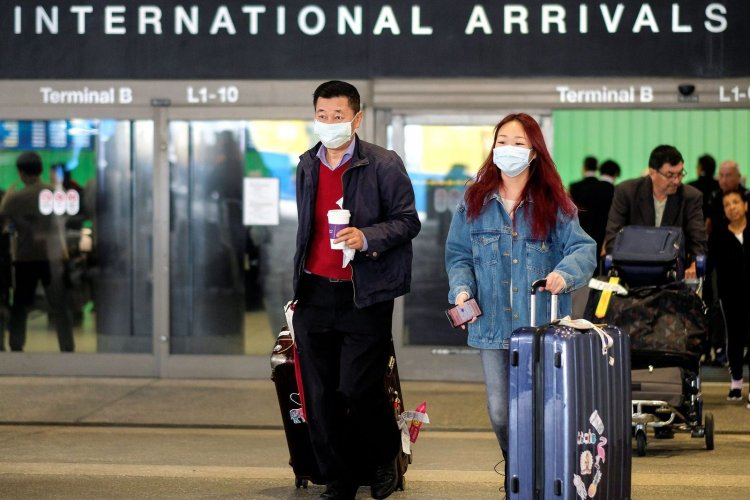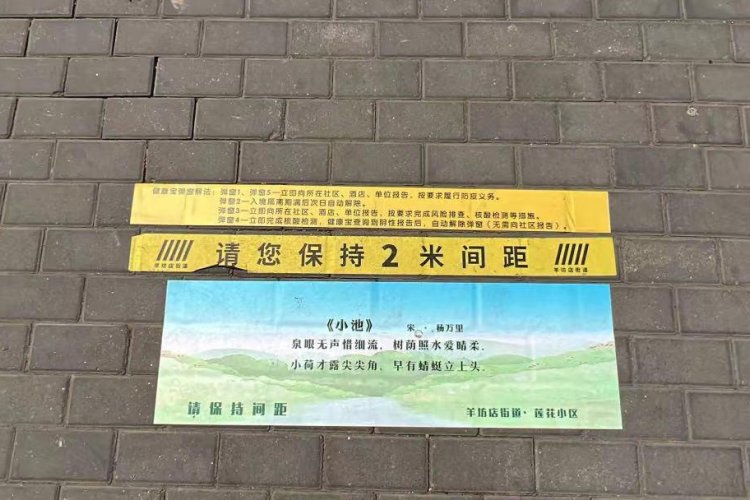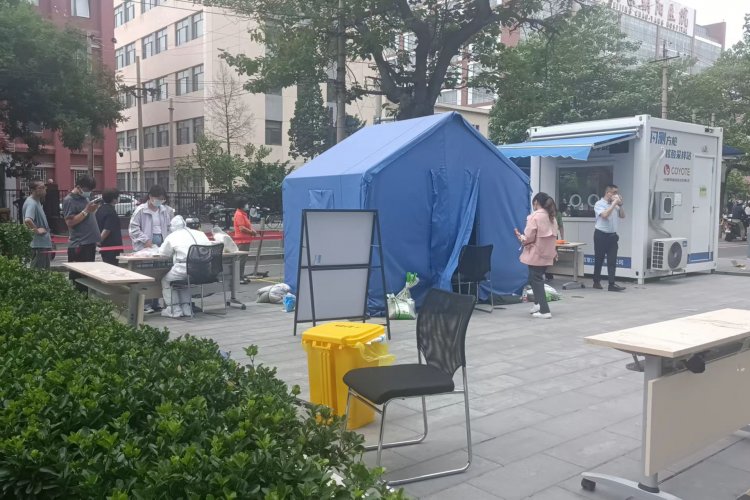Let the Witch Hunts Begin (Not): Mini-App Details Locations of Beijing Infections
Yesterday, dozens of undated and anonymously sourced Excel spreadsheets began circulating like wildfire over WeChat, containing a list of where each Beijing infection has allegedly been found and listing the current quarantine status of each.
The list was entirely in Chinese and was being shared breathlessly by some non-Chinese speakers with inaccurate statements such as "Here's a list of all of the compounds on LOCKDOWN!" This despite clear categorization in Chinese stating the quarantine condition of each (some were obviously not on "lockdown," which in itself is currently an undefined term).
I don't doubt that data in the spreadsheet was based on fact; however, without a named source or a date on the document, circulating it further felt irresponsible. So I waited for some sort of official confirmation.
That came, perhaps coincidentally, in yesterday's city government press briefing on the 2019-nCoV situation. There, they released for the first time the locations of the most recent infections. Diligent mini-app makers immediately pulled this data into maps that can show users where the most recent infections have been found.
Why did the city only wait until today to formally release this information? My guess is they have been carefully considering the wisdom of releasing such details, due to concerns about how such pinpointing may result in hysteria, witch hunts, and panic. Eventually, faced with the fact that people were beginning to crowdsource the data on their own, they decided official confirmation would be better than allowing the rumor mill to generate the data and possibly spread hysteria even more effectively.

Before I link to that mini-app and indulge your morbid curiosity, let me tell you why I don't think it's a very good idea to add this to your daily routine of obsessively checking new infection numbers.
In real terms, where someone has been found is of limited informational value, for several reasons:
- By the time you have read it, the infected persons will have been removed to the hospital. This doesn't mean the threat is gone, but it does potentially lead to people mistakenly concluding "there are sick people in there!"
- It’s very likely a good chunk of these people picked up the infection from somewhere else, not where they happened to be living – they may have been infected on their return home from travel, or when out shopping outside the compound, or taking public transportation somewhere. So avoiding the compound itself is of limited practical value.
- Some of these compounds are massive, containing dozens and dozens of high-rise buildings stretching over thousands of square meters. Thus “one infection found” does not really represent a significantly increased risk (unless you live in a very, very small complex).
- Currently, it's incomplete. Only one day's worth of infections has been released and there is no word if the city plans to retroactively add the official confirmation list.
- As of now, it says nothing about the quarantine status of the complex, so until it does, it's not a proficient guide as to whether those outside of Beijing can return and enter their complex.
That having been said, there is a use for this type of data in that it will hopefully calm some people down, and for the extremely paranoid it provides a guide of where not to turn up to unannounced or go for a stroll.
The link to the mini-app is here.
READ: Coronavirus Math: OMG Look What's Skyrocketing!
Images: People's Daily, segu-geschichte.de







